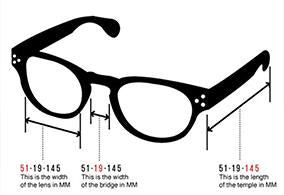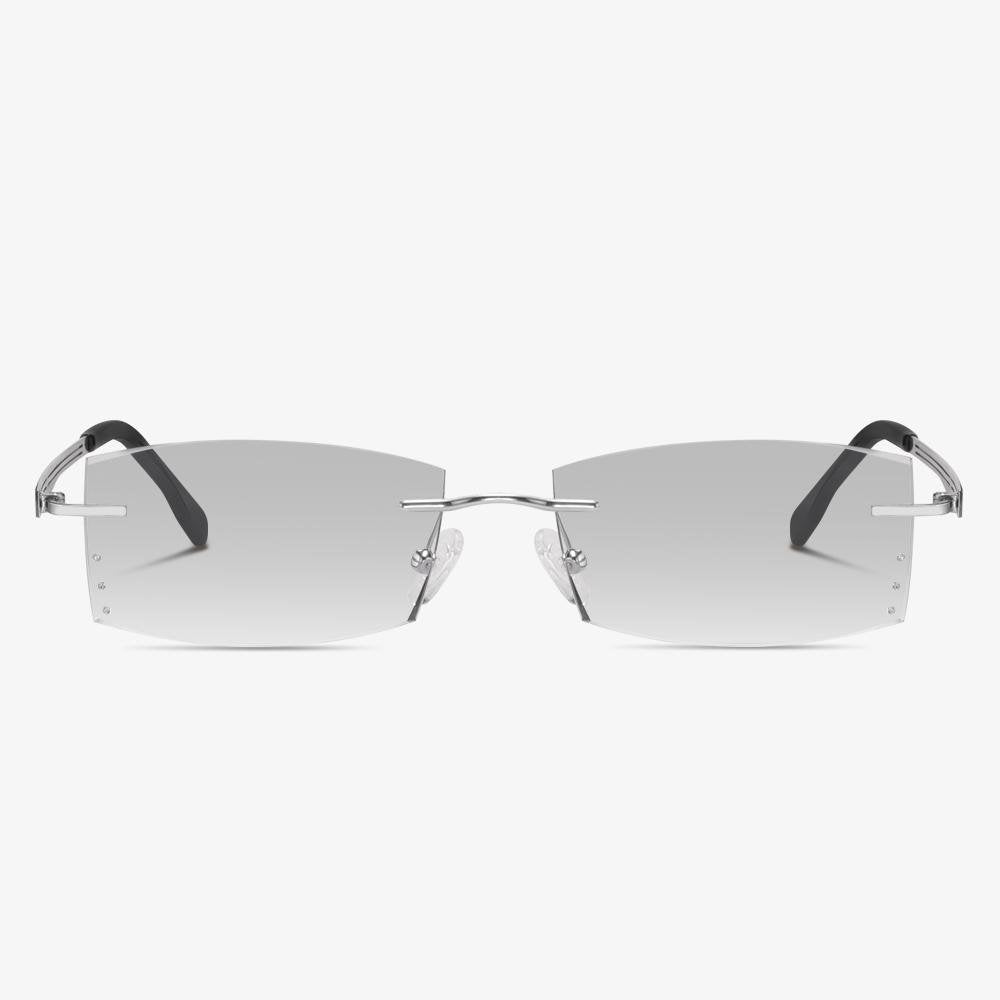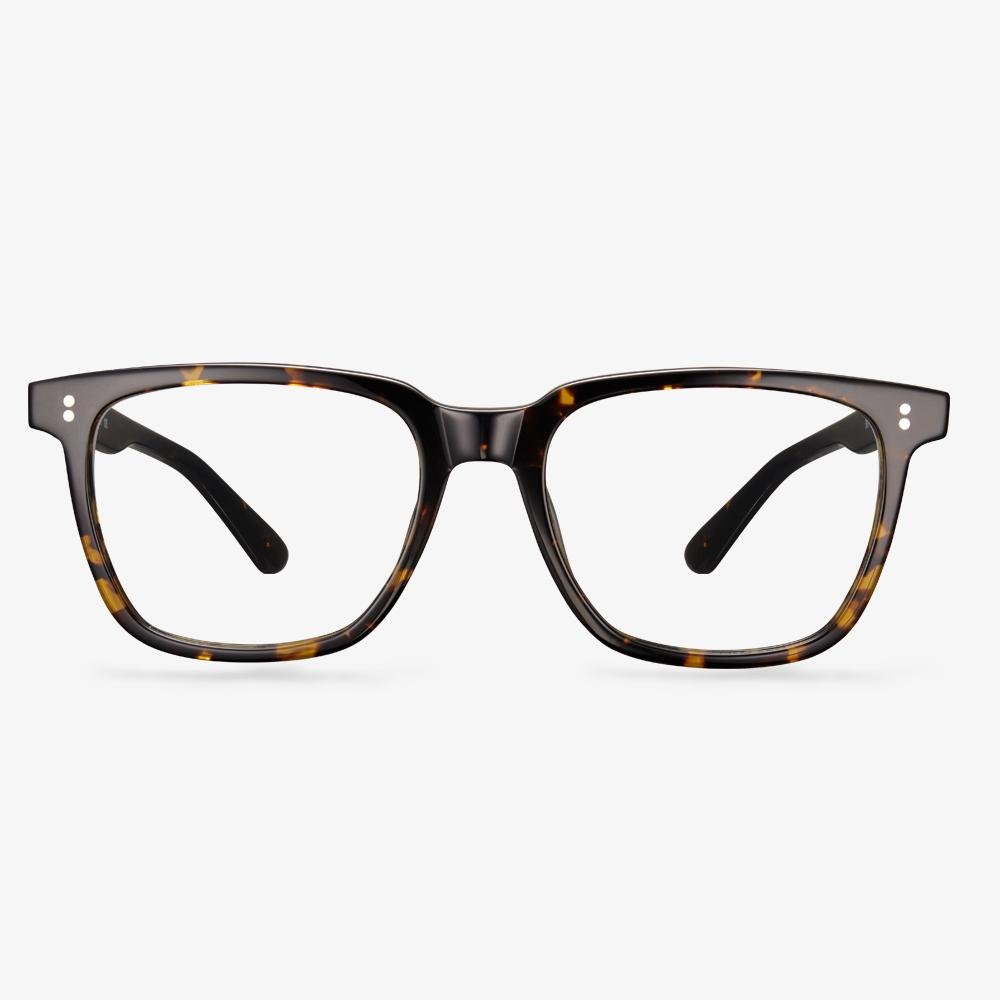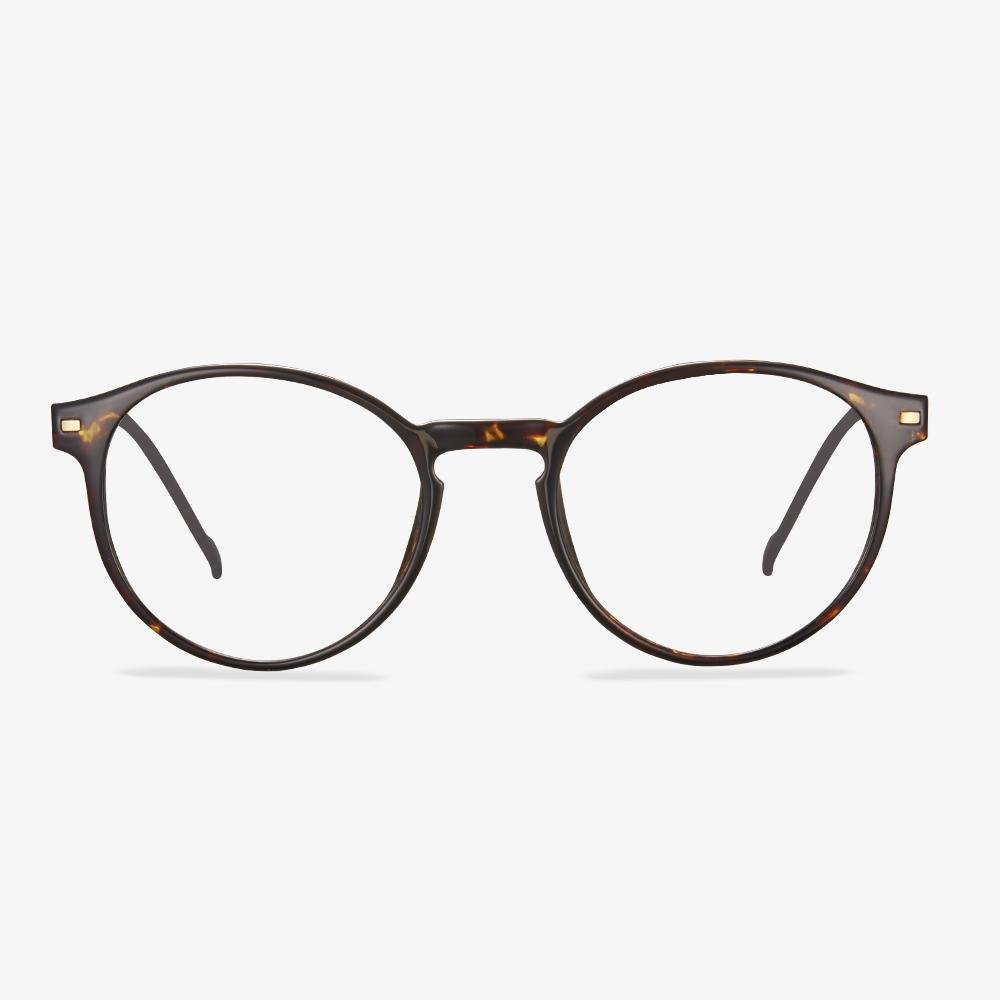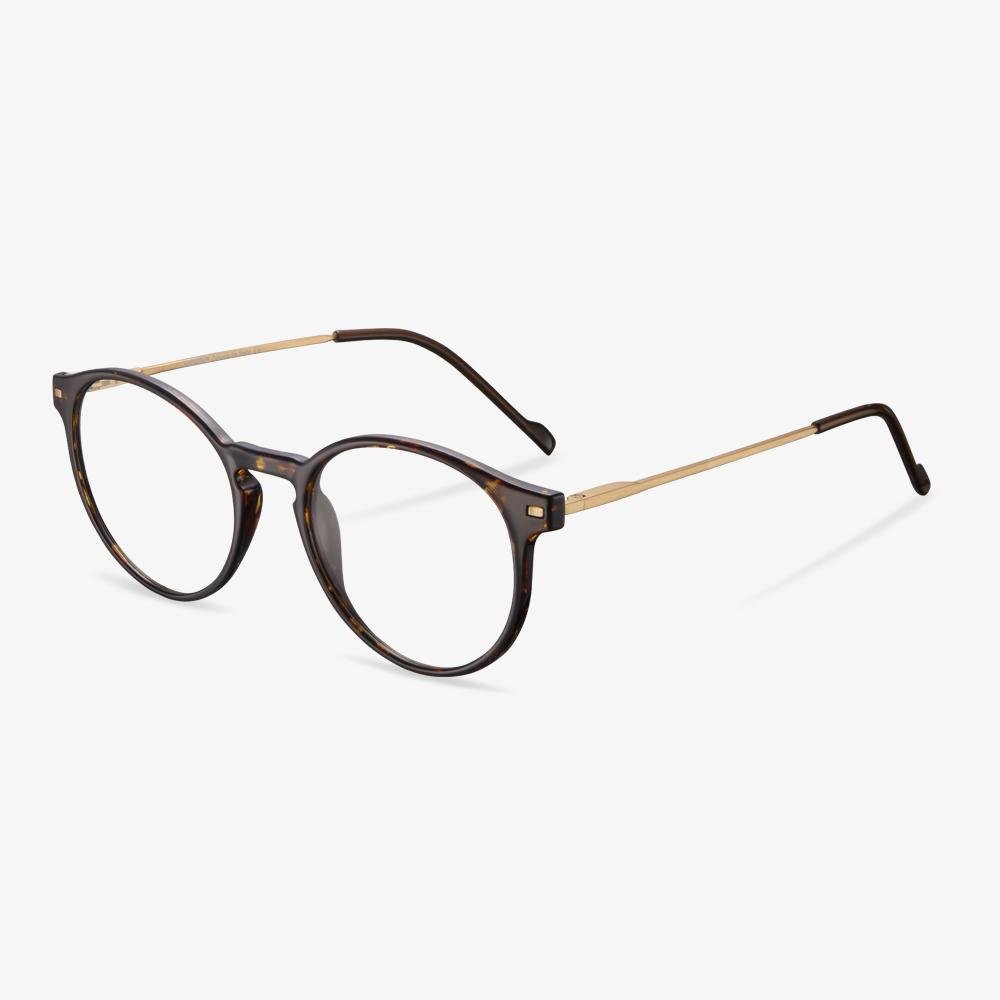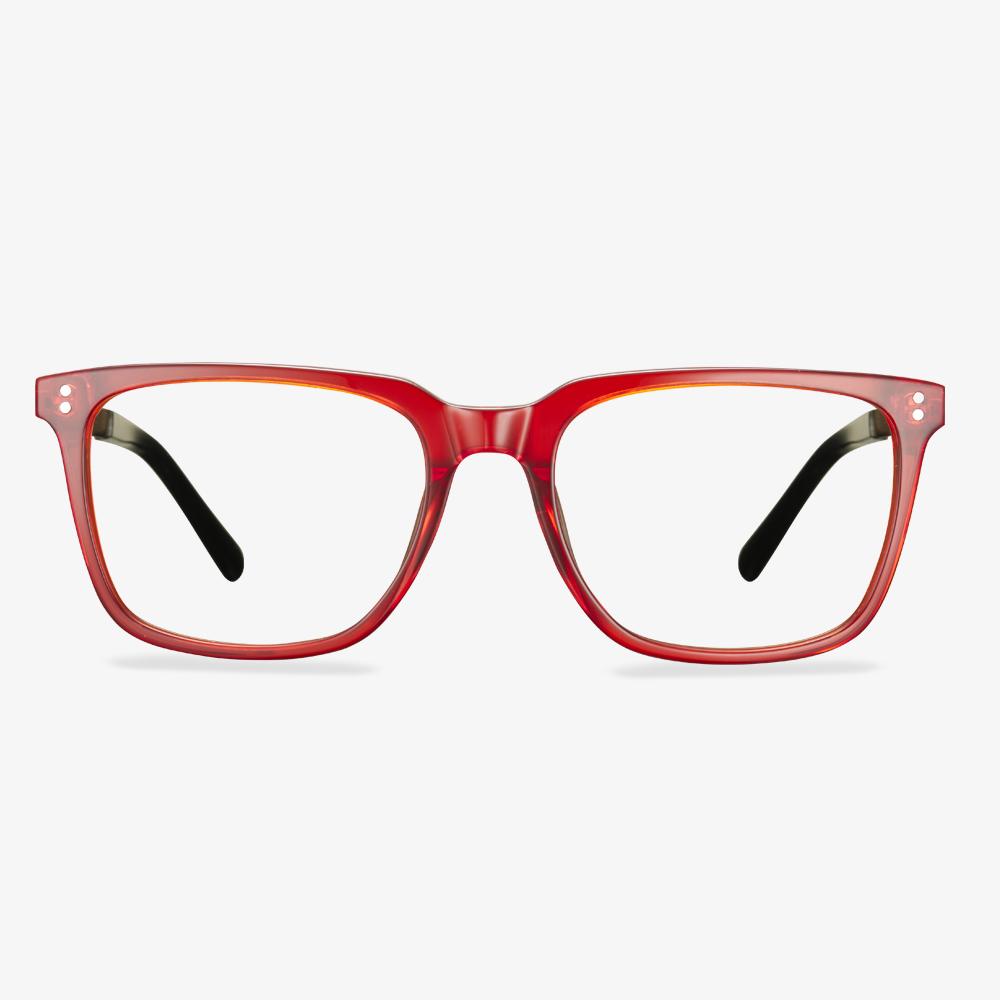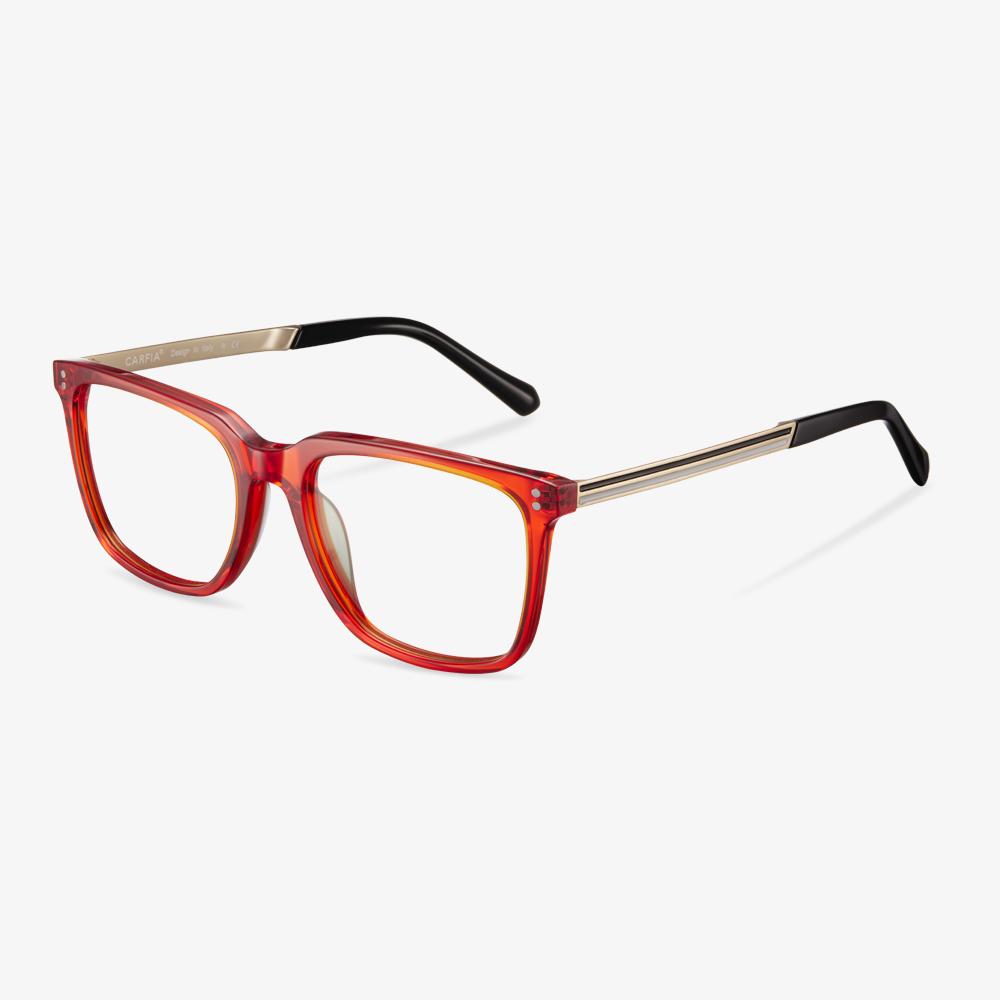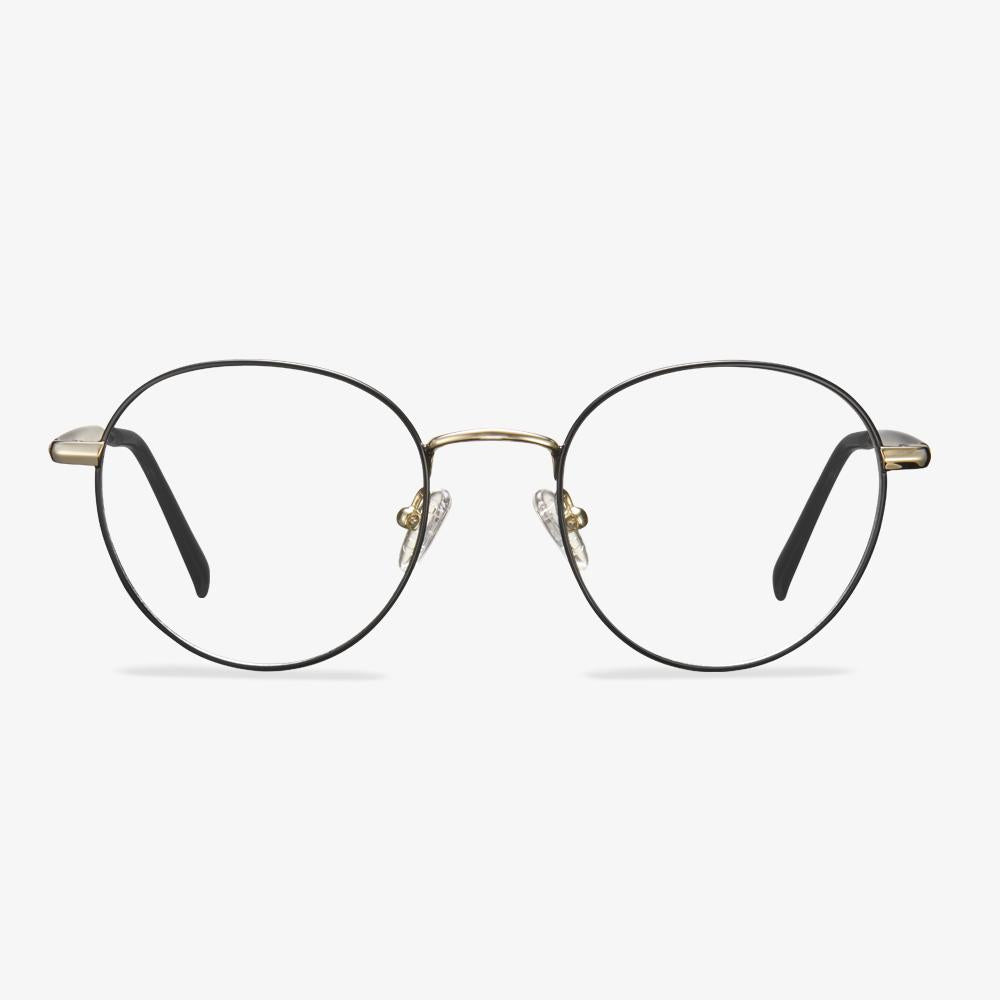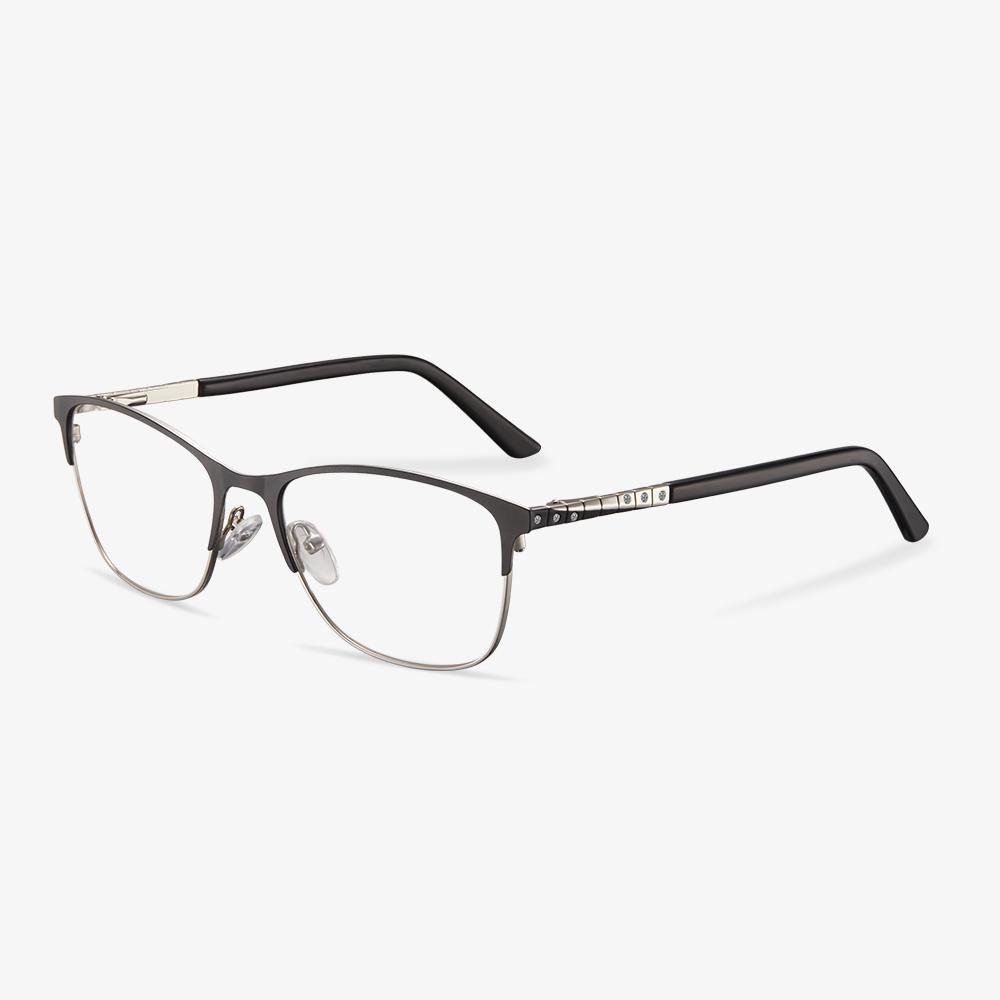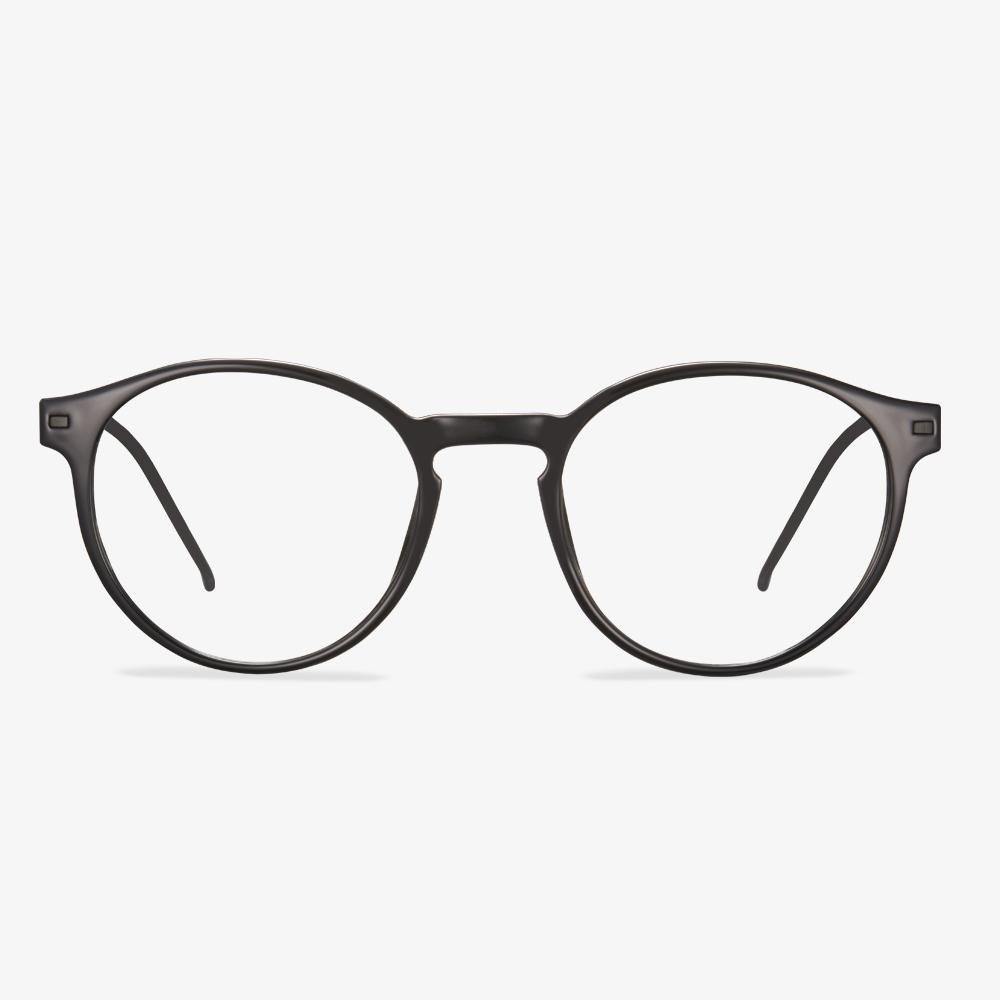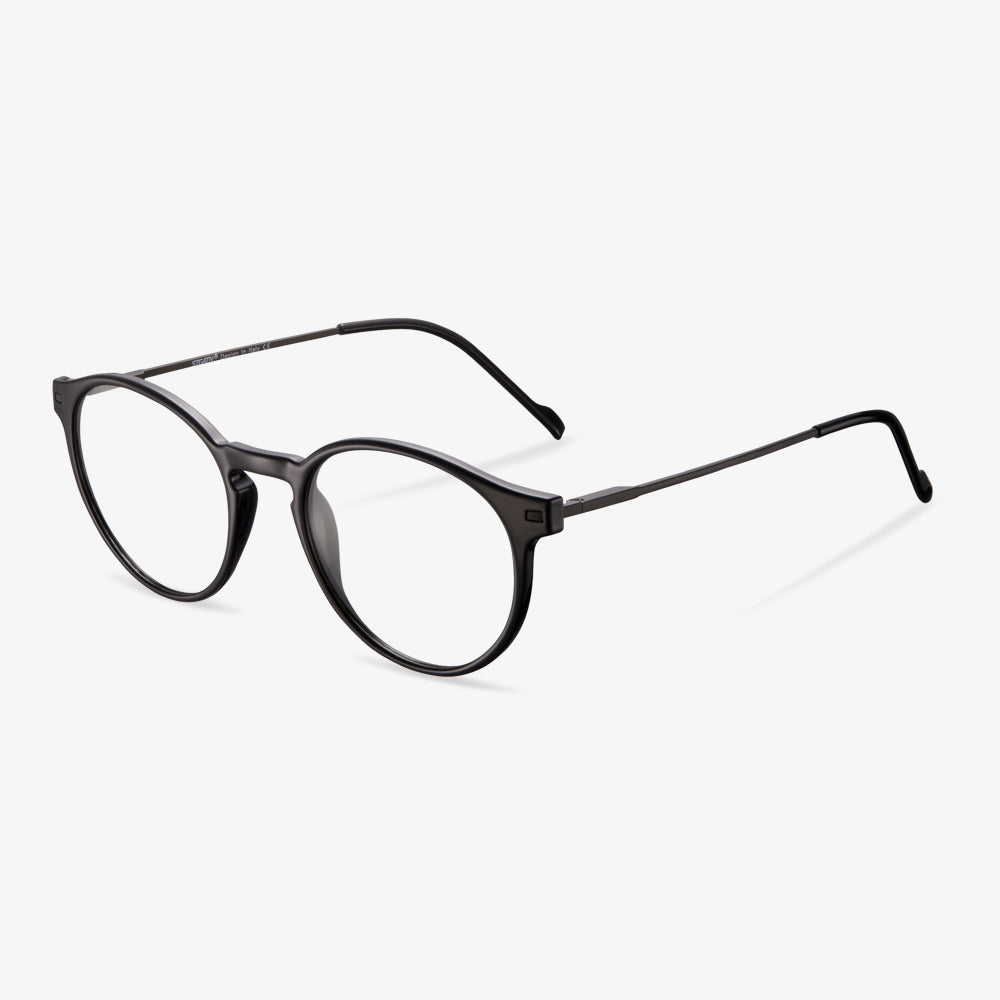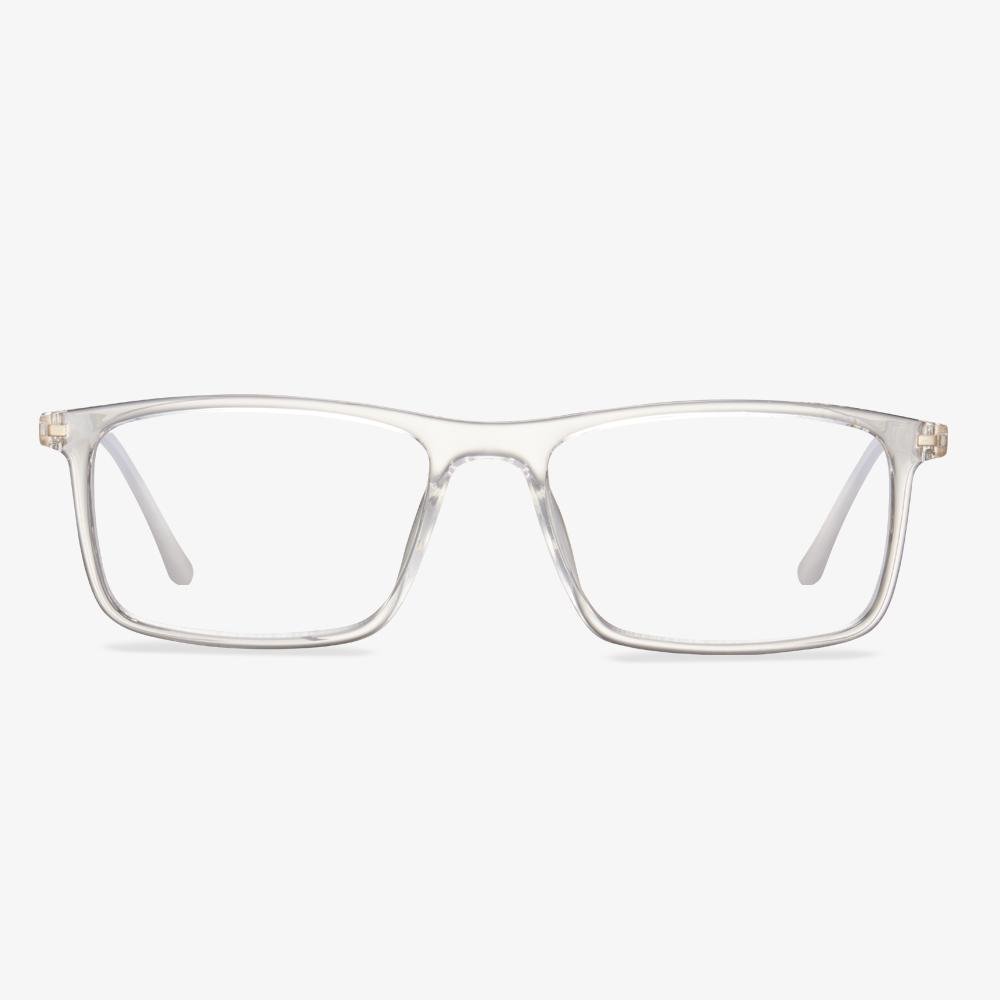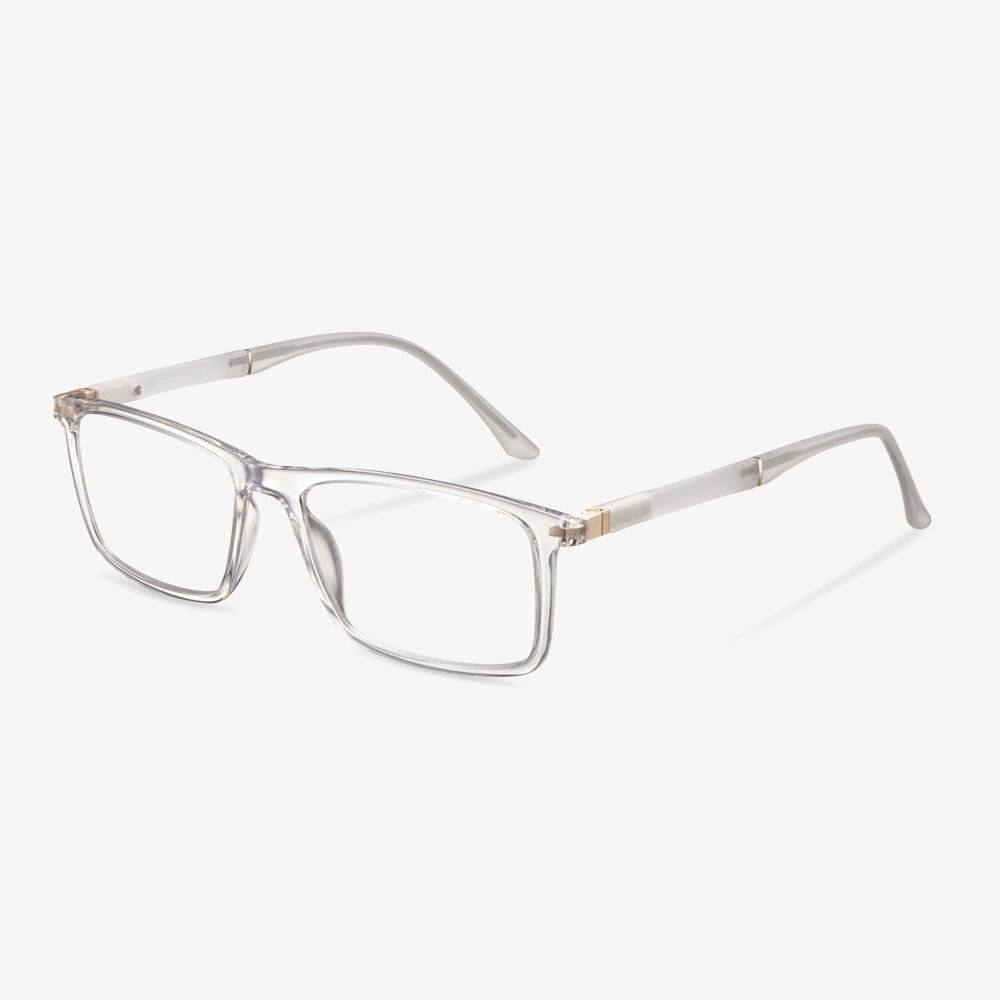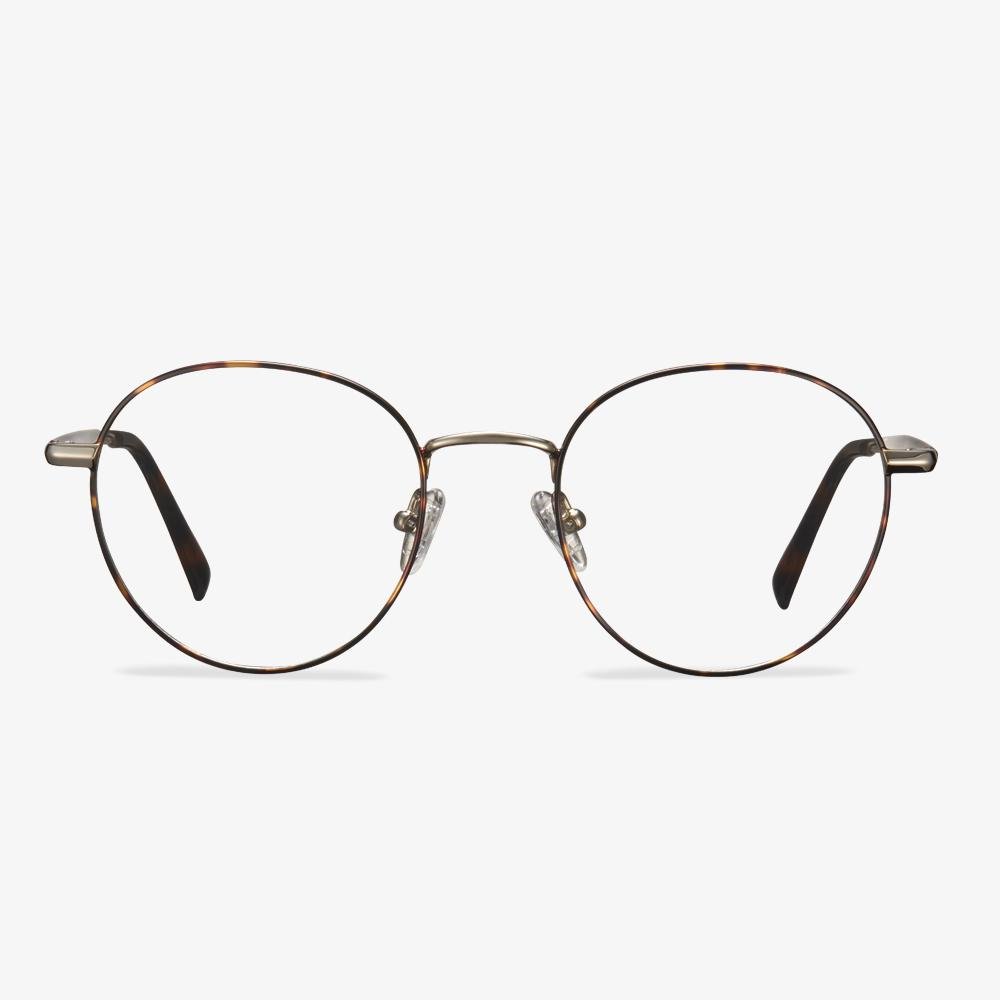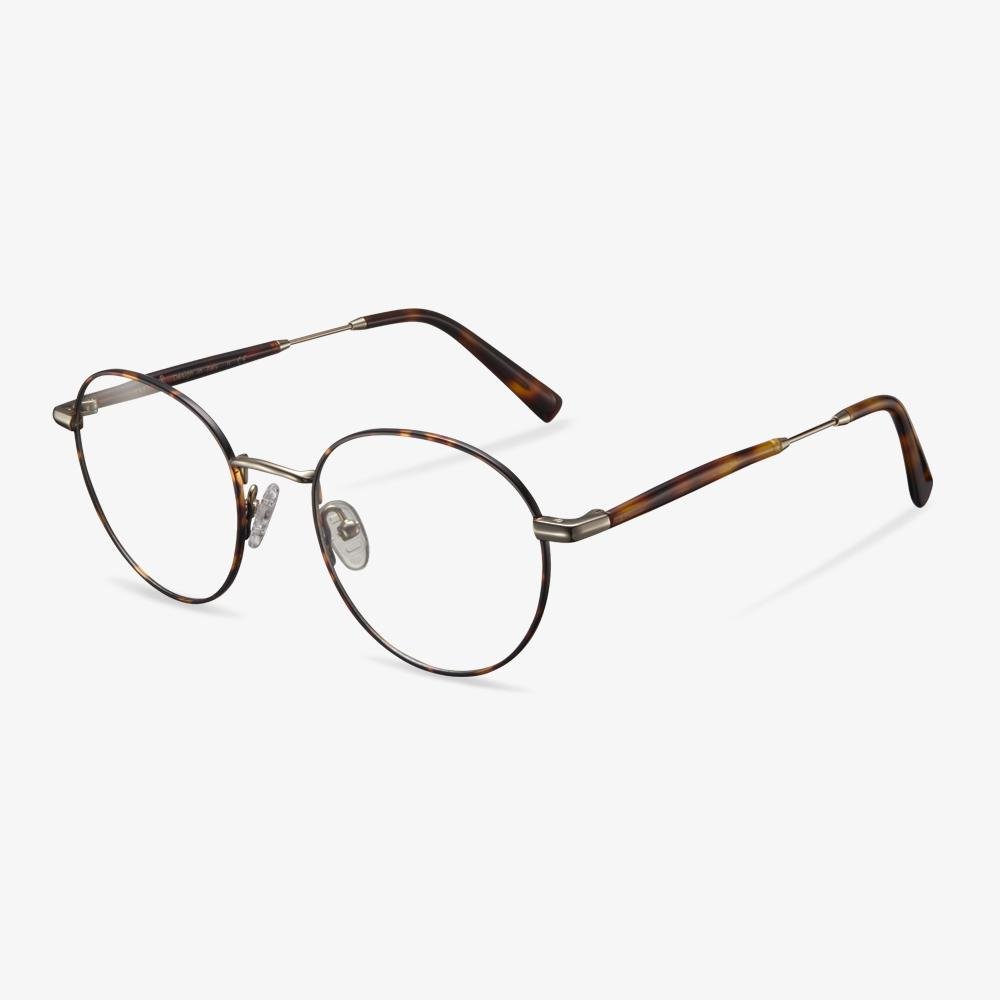What Is Progressive Lens?
Progressive lenses, also called multifocal lenses, have three prescriptions in one pair of glasses. So, it allows you to see near, middle distance, and far objects without changing your glasses. The progressive lenses are designed for people who are over 40 years old who are both nearsighted and farsighted. The progressive lenses come with the following features:
- There is no distinct line between all visions(near, intermediate, and far).
- Most popular lens for anyone with presbyopia who wears
- Expanded intermediate zone for better computer vision.
From the above information, you may have known the differences between bifocal lenses and progressive lenses. As for progressive vs bifocal lenses, which one is better? It is difficult to judge because each of them has unique features. So, if you do not know choose which, you can listen to the eye doctor.
How to Test Computer Glasses (Clear Glasses)
First, we will show you how to test computer glasses with clear glasses.
1. Ask for Blue Light Glasses Brand Spectrum Report
To find out whether your blue light glasses are the best computer glasses, you should contact the company you bought them from and ask for a spectrum report. It will show you how much blue light your computer glasses can block.
After sending the spectrum report to you, you should make sure that your computer glasses are able to filter at least 30% blue light, otherwise, they are unsafe.
2. Use the Lens Reflection Test
As for how to test computer glasses, you can use the lens reflection test. You can see what color the light is that reflecting off the lenses.
If it reflects the blue light, they are filtering some blue light. If the reflection is violent or purple, the computer glasses may be not effective.
This is a good way for you to perform a blue light test at home.
Which Reading Glasses Are Most Suitable for Me?
If you have never previously required prescription glasses to improve your vision such as nearsightedness or farsightedness or astigmatism, it is highly like that you can correct your vision with non-prescription reading glasses.
People around the age of 40 to will benefit from the low power reading glasses because of the progressive nature of presbyopia. In other words, you do not need prescription glasses to correct your vision.
However, if you are around the age of 60 or older, the strength of the reading glasses will increase. However, you do not need prescription glasses.
Do night driving glasses really work?
Yellow lenses reduce the amount of light entering your eye, reducing visibility. These darker colors block more blue light than yellow lenses. But they block more light from entering the eye, reducing visibility even more in low-light conditions. In fact, even yellow lenses reduce overall visible light to some extent because they block some blue light. This can be a good thing during the day, but not at night, when maximum visibility is key. Night driving glasses come in a variety of yellow and amber colors. The darkest lenses filter out the harshest light, but they filter out the largest amount of light, making it difficult to see in dim or dark conditions. Some people who wear night driving glasses say they can see better with them on. However, vision tests have shown that night driving glasses do not improve night vision, nor do they help drivers see pedestrians any faster than they would without glasses.
How do myopic glasses work?
The formation principle of myopia is that when the light from the outside world enters the eyeball, it is refracted by the eyeball's refractive system and cannot be accurately imprinted on the retina. The image is in front of the retina. If a concave lens is placed in front of the eye before the light enters the eye, it shifts the focus of the myopic eye from a point in front of the retina to the back, so that it lands directly on the surface of the retina. When parallel light passes through a concave lens, it diverges, meaning that it has already diverged once before entering the eye and then is refracted normally by the eye's refractive system. When the light is refracted through the eyeball, the distance of the image will be longer. So the distance of the image will be correspondingly pushed back compared to the non-divergent light. But it will just fall on the retina, and the image will be accurate in the right place.
Aluminum Night Driving Glasses
These night vision glasses feature advanced HD technology. The aluminum frame is lightweight, allowing you to comfortably wear your driving glasses and reduce glare for safe driving. Because the lenses are yellow, these glasses act as night vision goggles to reduce glare, reflections, and their negative effects, while improving and brightening the visual area. Polarized lenses have a special anti-reflective coating that eliminates intense reflected light and reduces glare and scattered reflections. They can double as day and night glasses, improving clarity around the clock.
Are children optometry matched with glasses the same as adults?
The optometry of children is one of the main works of optometry. Compared with adult optometry and glasses, children's optometry and glasses have both commonness and particularity. It is an area at the intersection of pediatric ophthalmology, pediatric optometry, and optometry. It requires the operator not only to have the knowledge of ophthalmology but to have the basis of children's ophthalmology and children's optometry. And they should be an optometry expert. Dealing with children's refractive problems is as much an art as a technique.














